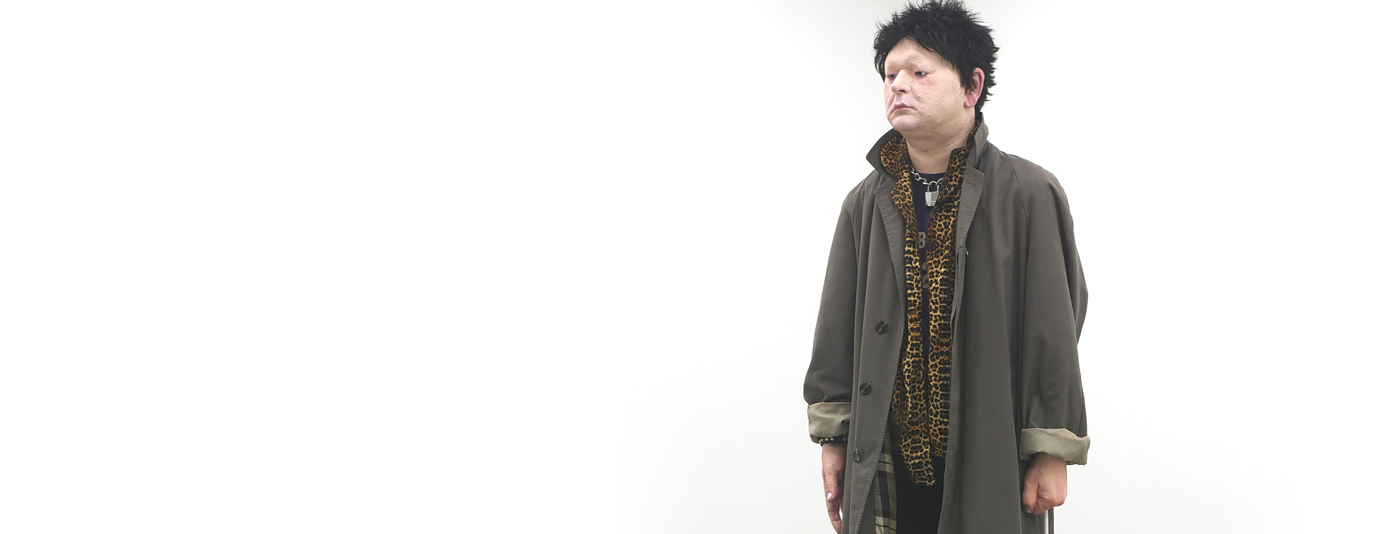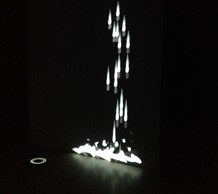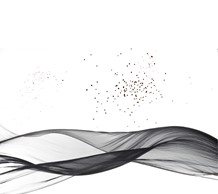In his latest exhibition, New Zealand artist Ronnie van Hout considers the point where art crosses a line—and society turns against it.
In 1971, successful American toy company Aurora and acclaimed film director Stanley Kubrick both released products into the world that generated strong negative reactions. A firestorm of controversy saw Aurora close its doors, and Kubrick retreat from public life, withdrawing his film from view. Aurora’s toys and Kubrick’s film crossed an invisible boundary–becoming a threat to the normal social and family structures, threatening to throw them into chaos. Society retaliated, pushing these products back, down to the dark pool, to wait for the day they could return.
ARTIST FLOOR TALK // FREE
CENTRE FOR CONTEMPORARY PHOTOGRAPHY
SAT 10 OCTOBER AT 1PM
RONNIE VAN HOUT
New Zealand born, Melbourne based Ronnie van Hout works with a variety of media including sculpture, photography, video, painting and sound. He is renowned for work that takes the self as subject, invoking the artist himself in various guises.
Since 1981, van Hout has amassed an expansive exhibition history in New Zealand and Australia. 2003/04 saw his successful survey show, I've Abandoned Me (an initiative of Dunedin Public Art Gallery) touring Auckland, Palmerston North and Wellington. In 2009 a second major survey exhibition, Who Goes There?, was hosted by the Christchurch Art Gallery and in 2013/14, All Said, All Done, formed part of the National Gallery of Victoria’s Melbourne Now.
Ronnie van Hout also has a growing list of international exhibitions and residencies to his name, with shows in the USA, the Netherlands, Austria and Germany. In 2013 van Hout featured alongside internationally established artists such as Anri Sala and Gillian Wearing in the exhibition Someone Else at Landesgalerie Linz in Austria.
In this exhibition Ronnie van Hout considers whether art can be bad for you.
In 1971, Aurora, the successful American toy company, and Stanley Kubrick, the equally successful film director, both released products into the world that generated strong negative reactions. So strong were these reactions that it effectively saw the closure of Aurora, and Kubrick's withdrawal from public life, and his film from public view.
How can a range of interactive children's toys, and a movie be bad for you? Both were seen as unredeemable, they crossed a boundary and brought to the surface what was hidden just beneath. Before hell broke loose, and the normal social and family structures were thrown into chaos, repression (decency) won the day, and what could not be played with and seen was returned to the dark pool (until another day).
Ronnie van Hout, Punk on a Bed 2015, painted mdf, painted polyurethane and fibreglass on polystyrene, wig, clothing.




